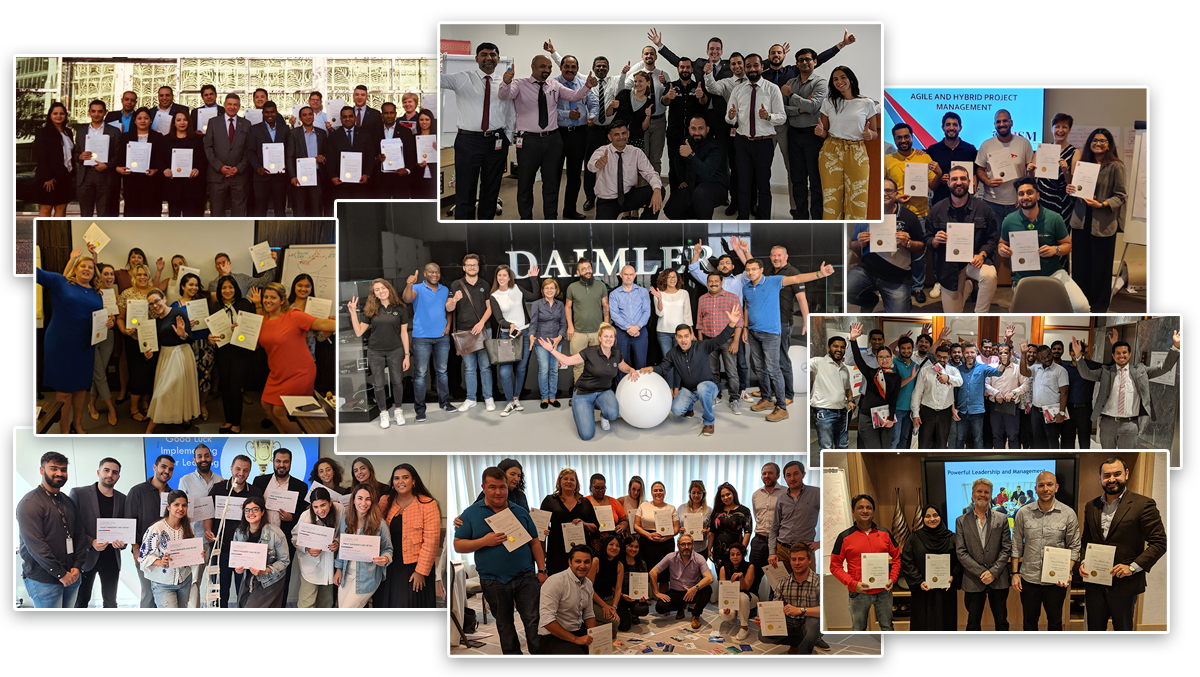Emotional intelligence (EI) models explain what EI is and how we can measure it.
The three main models are the Trait Model, Ability Model and Mixed Model. This text is part of the Emotional Intelligence hub. In this guide, you will learn what each model means, why it matters, and how it can help you grow your EI for work and life.
Trait model
The Trait Model of emotional intelligence defines EI as a mix of emotional and social traits. According to this model, people naturally possess these skills.
It is a set of emotional self-beliefs that are part of someone’s overall personality. This kind of EI focuses on how people behave and how skilled they think they are with emotions. You can measure EI through self-report questionnaires.
This model is different from the ability model, which tries to measure real emotional skills. The main issue is that those are hard to determine with science.
Trait EI is studied as part of personality and is sometimes called “trait emotional self-efficacy.”
This model is broad and includes parts of Daniel Goleman’s mixed model of EI. It sees emotional intelligence as part of personality. This means it differs from models that treat it as a mental skill.
Ability model
Salovey and Mayer defined emotional intelligence as the ability to understand and manage emotions.
Their definition describes EI as the ability to use emotions to:
- support thinking,
- understand emotional meaning,
- and control emotions to support personal growth.
Their ability-based model sees emotions as helpful tools for thinking and social interaction. People differ in how well they process emotional information and use it in decision-making. The model includes four key skills:
Perceiving emotions
Noticing emotions in yourself and others (e.g., ability to recognise stress in a colleague).
Using emotions
Applying feelings to improve thinking and problem-solving.
Understanding emotions
Knowing how emotions work.
Emotional regulation
Controlling emotions to reach goals.
While some criticise this model for not predicting workplace success well, it does have strong scientific support.
Unlike self-reports, ability-based EI tests measure actual performance. These tests also link to certain genes, while self-reports do not. For more information about emotional intelligence in the workplace, read our guide.
Mixed model
Daniel Goleman’s Mixed Model links emotional intelligence to leadership and workplace success.
It defines EI as a set of skills that can be developed to improve performance and relationships. He identifies 5 components of emotional intelligence:
Self-awareness
Knowing your emotions, values, and how they impact others.
Self-regulation
Managing your emotions and staying adaptable.
Social skill
Building and managing relationships effectively.
Empathy
Understanding others’ feelings, especially when making decisions.
Motivation
Recognising what drives you.
Each of these areas involves emotional skills that can be learned and improved. Goleman believes everyone is born with some emotional intelligence, and it grows as we build new skills.
To learn more about how EI and leadership connect, read our guide.
Which emotional intelligence model should you use?
Each model has a purpose:
- Use trait model to see emotional intelligence as part of your personality.
- Think of the ability model as a science-based test of real emotional skills.
- Use mixed model if you want a clear guide for leadership, teamwork and career growth.
In short:
Trait
Use Trait for self-reflection.
Ability
Use Ability for accurate testing.
Mixed
Use Mixed for success at work.
Develop emotional intelligence with ISM Dubai
Emotional intelligence is not just a trend. It is a key skill for success at work and in life. It helps you stay calm under pressure, work well with others, and lead with care.
According to LHH, 75% of managers assess an employee’s EI before their promotion. So, no matter your job — manager, HR, sales, or support — you need emotional intelligence. Unfortunately, fewer than 20% of companies have it, says Harvard Business Review.
Want to get better? Contact ISM Dubai to find out more about our emotional intelligence training and grow at work and in life.
Frequently Asked Questions
The three main models of emotional intelligence are Trait, Ability, and Mixed.
- Trait Model – Emotional intelligence is seen as part of your personality. It shows how you think you deal with emotions.
- Ability Model – Emotional intelligence is a skill. It recognises how well you can use and understand emotions.
- Mixed Model – This model mixes traits and skills. It includes things like self-control, empathy and social skills.
The 4 components of emotional intelligence are: Self-awareness, Self-management, Social awareness, and Relationship management.
The key components of emotional intelligence are:
- Self-awareness – knowing your emotions, strengths, and limits.
- Self-regulation – managing your emotions.
- Motivation – using emotions to stay focused on what you want to achieve.
- Empathy – understanding the feelings of others.
- Social skills – building healthy relationships and handling social situations well.
These 5 characteristics of emotional intelligence work together to help people understand themselves and others better.
Yes! People with high levels of emotional intelligence can recognise their stress triggers. They use healthy strategies to stay calm during tough situations.
Empathy allows you to see things from another person’s perspective and respond with care. It is a key part of emotional intelligence that helps build meaningful connections.
Join 1000's of individuals and teams certified by the Institute of Sales & Marketing

Our trending courses
At ISM, we combine top-tier training courses with industry-leading instructors.
View all coursesTestimonials from Our Valued Clients
Discover the transformative experiences our clients have had with our training programs.
Hear directly from those who have unlocked their potential and achieved remarkable success.

Some other providers courses can be quite a chore! However, I felt fully engaged and excited by all the new selling tools I have...

Daniel Graham

Instead of just telling me what to do, they showed us how to do it as well as why to do it. They used real-life experiences...

Sujit Nair

The training was delivered in an easy to absorb manner and focused on all the key areas...

Paul Baker CFP



